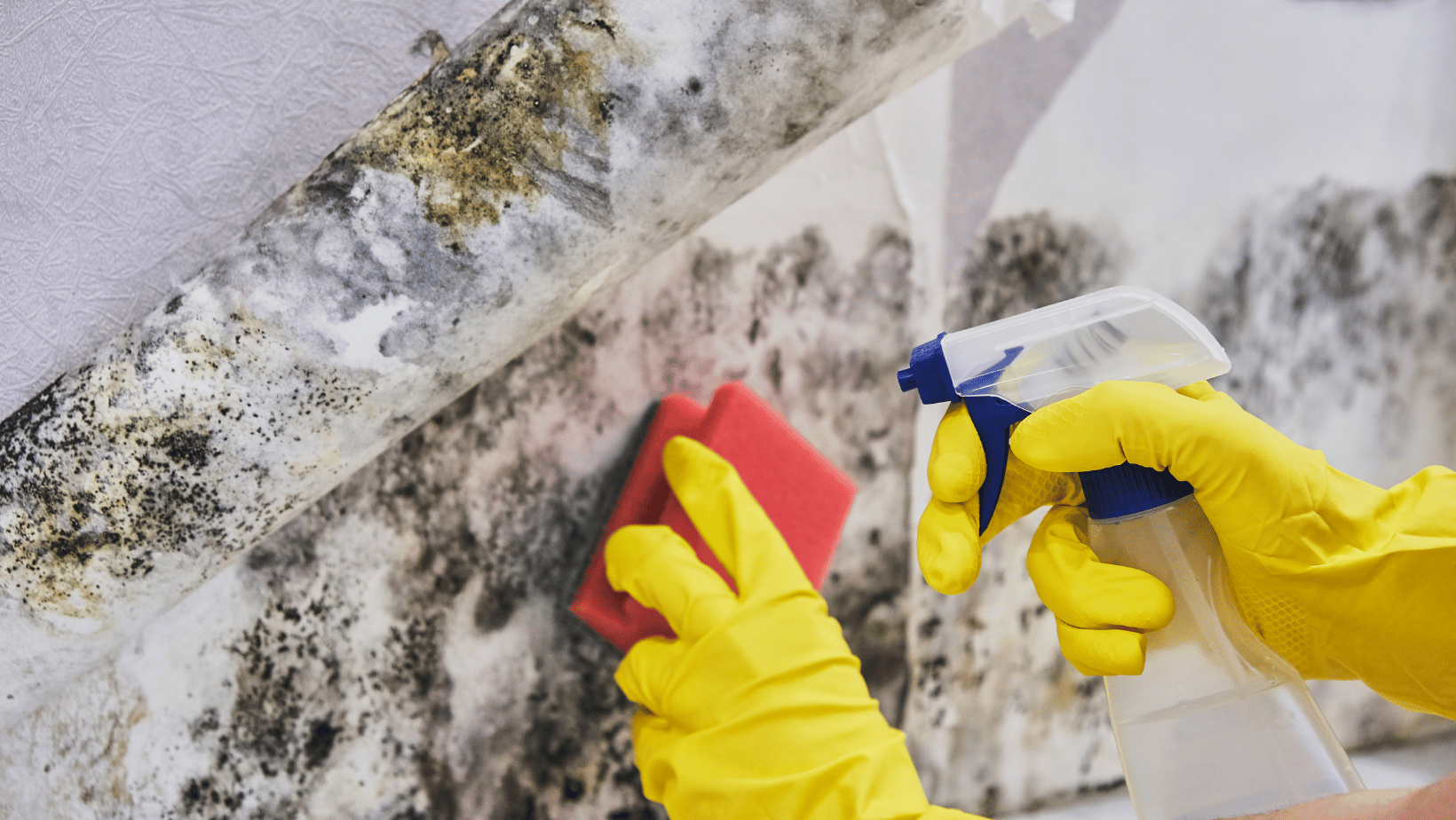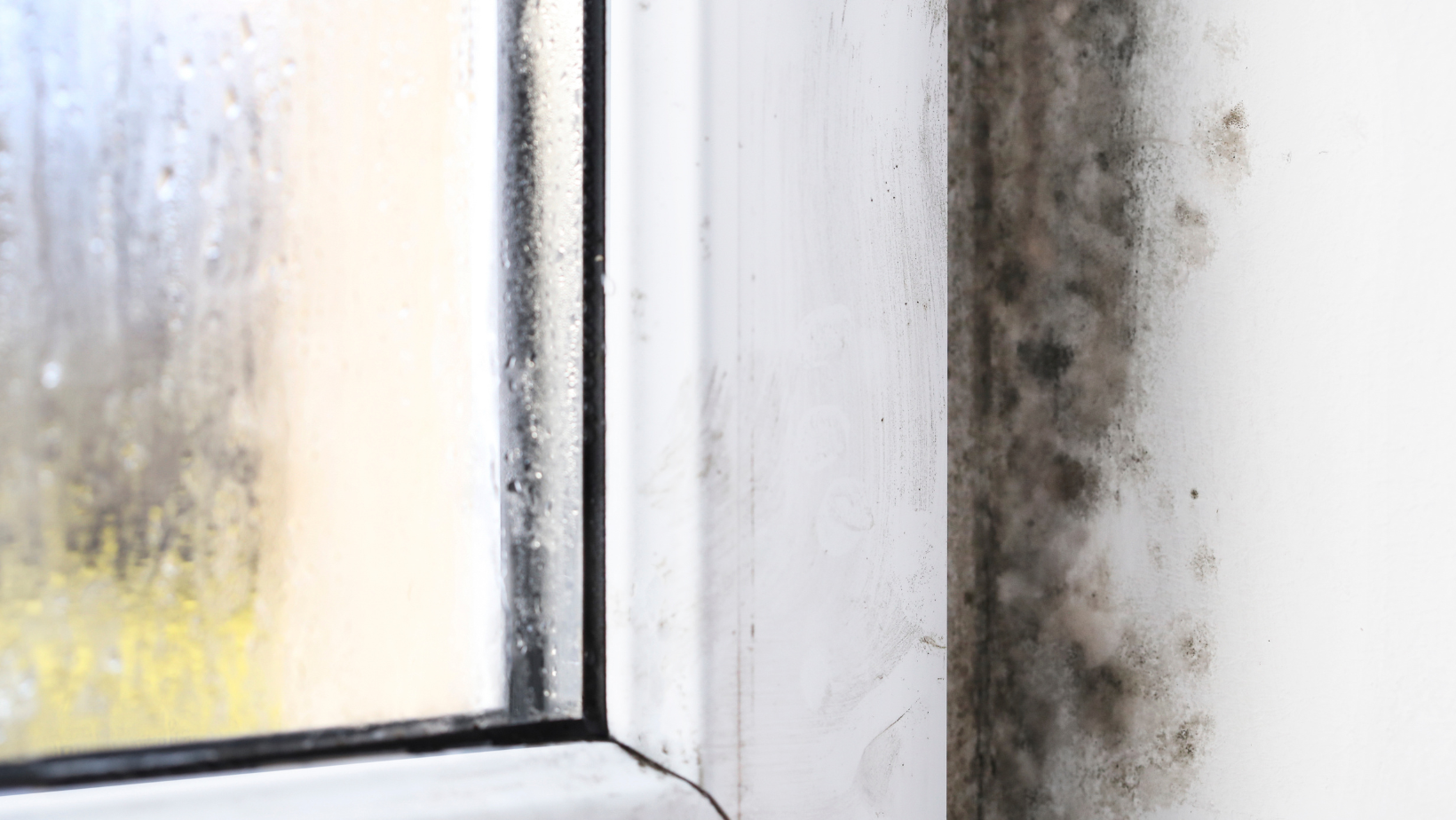Uncommon Places to Look for Mold
Mold can be found in almost any environment. Indoors, outdoors, or anywhere else you can think of. There are some areas that are more prone to mold growth than others, but mold doesn't discriminate. This is why, when looking for mold in your home, you should look in every possible location. Especially if it's in an unusual location where you might not expect it. Mold isn't always visible, of course. It could be in a place you can't get to, like a small corner or a crawl space. You might not be able to see mold, but you can smell it. Keep in mind that mold has a musty, earthy odor, so keep that in mind when looking for mold. Whatever the case may be, it is critical that you conduct a thorough search for mold.
Where Should You Look For Mold?
Mold on the foundation walls is a common occurrence. This is common because crawl spaces tend to have a higher moisture content than other parts of the house. There are, however, many places where you might not even consider looking. Mold can grow in places that go unnoticed, such as:
- Crawl Spaces: While this may not seem like an unusual place for mold to grow, crawl spaces are frequently overlooked. They're known for being cold and musty, so some may assume that mold won't grow there due to the lower temperature. This is not the case, however. Mold or water damage can easily occur in a crawl space, especially if the foundation walls are compromised by cracks.
- Floor Joists: During remediations, we see a lot of mold on the floor and ceiling joists. This could be due to the fact that it is a unique area that people frequently overlook because it is not directly in their line of sight. In a mold situation, this “out of sight, out of mind” mentality can be dangerous.
- Bathrooms: Bathrooms produce a lot of moisture, which makes them an ideal environment for mold growth. If you suspect that you have mold in your home, the bathroom is a good place to start. Condensation, heat, and steam are common in bathrooms. If you want to avoid excess moisture buildup in your bathroom, make sure the area is properly ventilated while bathing or showering. Wipe away any condensation on the window, walls, or mirror as well.
- Kitchens: Kitchens, like bathrooms, are an unexpected area that sees a lot of moisture. Dishwashers and refrigerators, for example, can generate a lot of moisture. Cooking generates a lot of steam and heat in the kitchen. To avoid excess moisture buildup, which can lead to mold growth, make sure the area is properly ventilated.
- Attics:
Because of their stuffy nature, attics are a prime candidate for mold growth. Attics, on the whole, lack proper ventilation and receive little to no air flow. Furthermore, many people rarely go up into their attics, so if there is a problem, it may go unnoticed for a long time. As a result, attics are not a common place to look for mold. It's the same concept of "out of sight, out of mind." At least once a month, go through your attic to make sure nothing is out of the ordinary. If mold is allowed to grow unchecked for an extended period of time, it can cause serious damage.
Keeping A Close Eye On Mold Growth
You might also like
DryMax Mold Blogs




